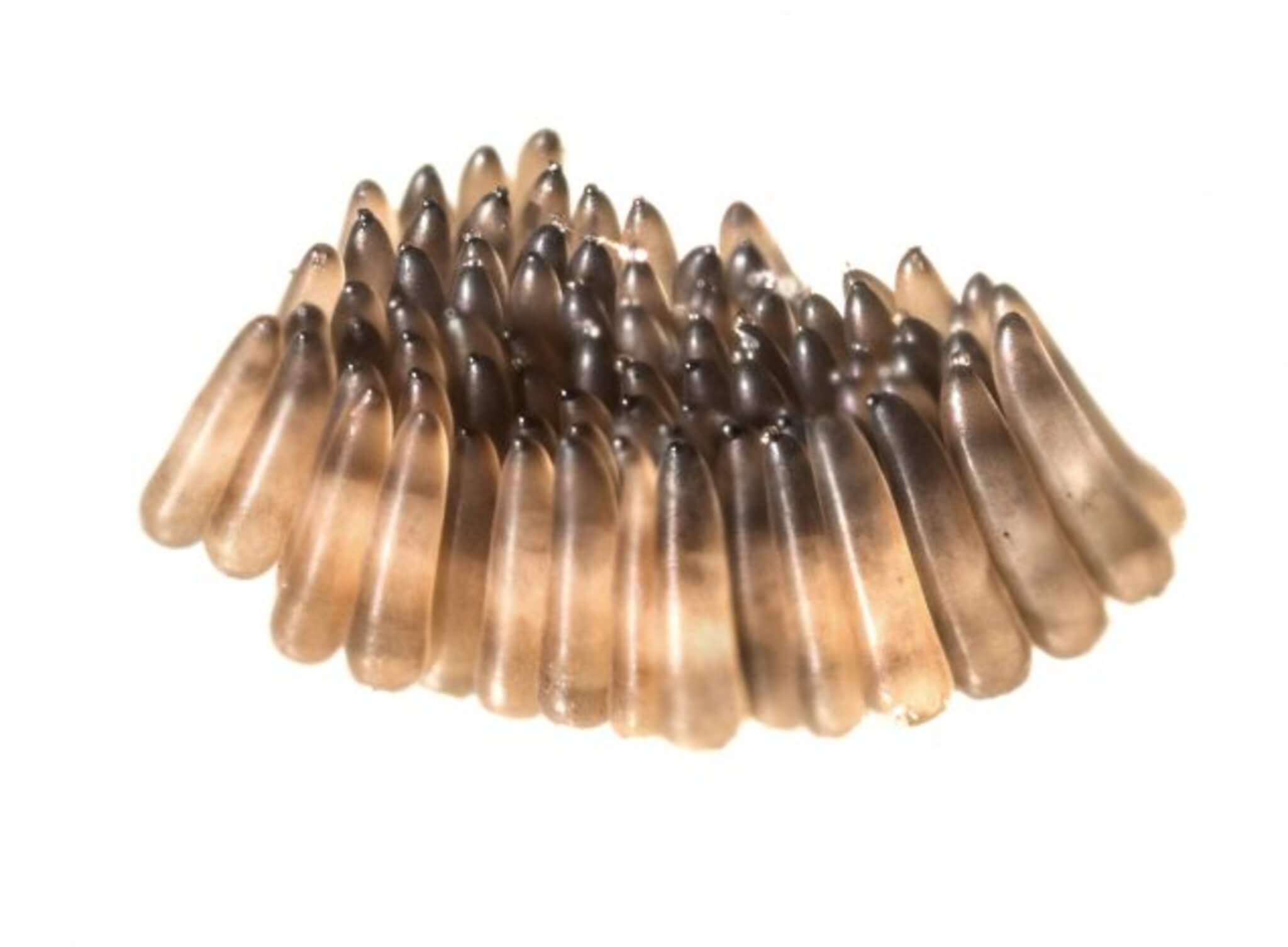
Adult female Culex mosquito taking a blood meal. (Credit: CDC)
RIVERSIDE, Calif. — One of the downsides to warm weather is the return of the pesky mosquito. Getting rid of these blood-hungry insects is a problem millions of Americans face every year. Scientists at the University of California, Riverside are devising a new strategy that involves sterilizing male mosquitoes in hopes of shrinking the population overall.
By deactivating a protein involved in mosquito sperm, scientists say they can stop their swimmers from fertilizing eggs and hatching a new batch of infectious insects. The study could improve the health of many affected by the bites of Culex mosquitoes, the common house mosquito that spreads brain-swelling encephalitis and West Nile Virus.
“During mating, mosquitoes couple tail to tail, and the males transfer sperm into the female reproductive tract. It can be stored there awhile, but it still has to get from point A to point B to complete fertilization,” says Cathy Thaler, a cell biologist at the University of California, Riverside and the study’s first author, in a statement..
Mosquitoes are one of the deadliest animals on Earth. While many people would love to see these insects gone for good, pesticides and bug bombs might do more harm in the long run. Mosquitoes are important prey for fish and other animals, and complete eradication could disrupt the food chain. This leads to the study’s alternative—population control.

The team targeted the specialized proteins released during ejaculation that activate the sperm’s tail to move. “Without these proteins, the sperm cannot penetrate the eggs. They’ll remain immotile, and will eventually just degrade,” says Richard Cardullo, a biology professor at the University of California, Riverside and corresponding author of the study.
About 200 male mosquitos were used in the study where biologists removed sperm samples from their tiny reproductive tracts. Using a device called mass spectrometry, they had a complete picture of all the proteins involved in the mosquito's sperm, including those that activated and inactivated the sperm cells to move toward the egg.
Previous research found that sperm needed calcium to power their forward movements. “Now we can look in the completed protein profile we’ve created, find the calcium channel proteins, and design experiments to target these channels,” Cardullo adds.
By preventing sperm from reaching the egg, the population would shift more males from fertile to infertile instead of wiping them out completely. Cardullo says that “our work sets the foundation for a form of biological control, which most would agree is preferable.”

With more information on how the reproductive system of mosquitos works, the researchers are hoping to expand their work to other species of mosquitoes. As climate change progresses, a lot of other mosquitoes like those carrying malaria, are making their way over to the Northern Hemisphere. “Many cells have flagella, or tails, including human respiratory cells as well as cells in our guts,” Cardullo says. “What we learn in one system, such as mosquitoes, can translate to others.”
The study is published in PLoS ONE.










